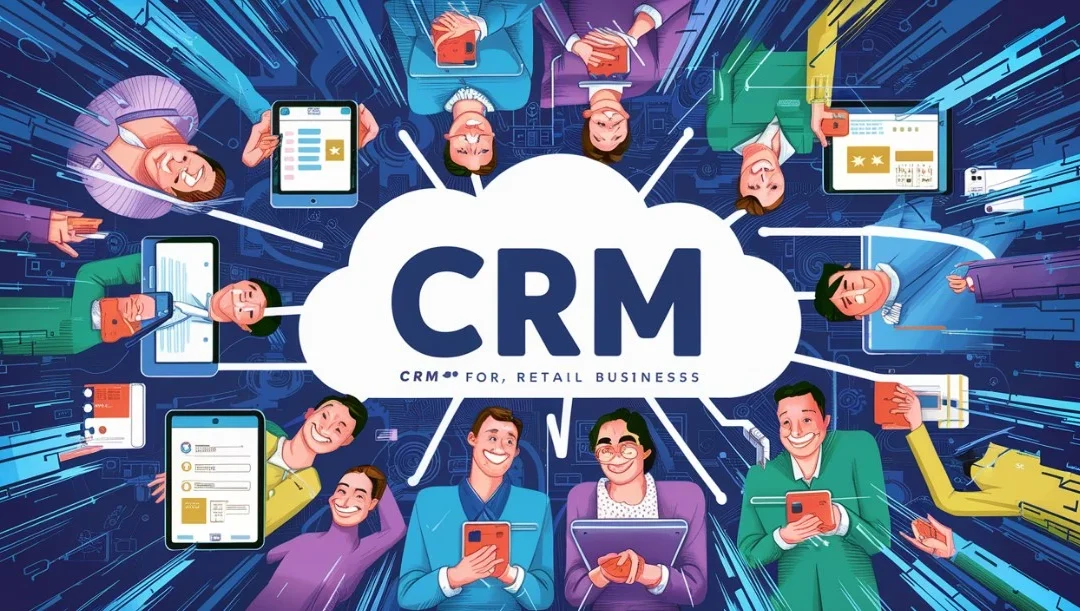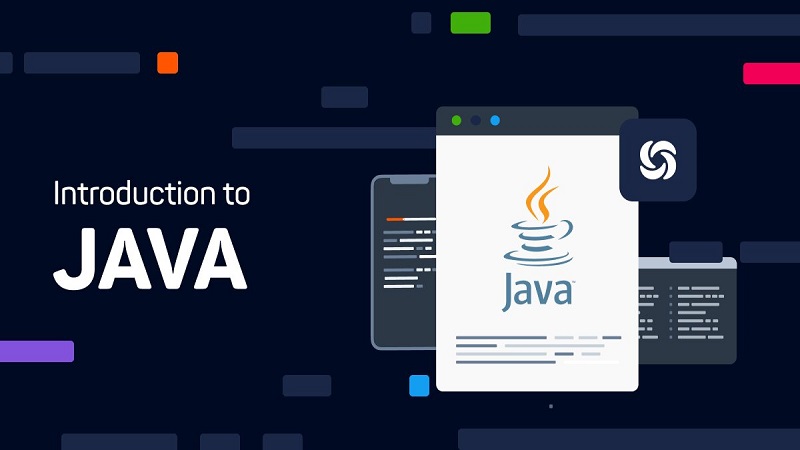Data migration is a basic stage while progressing to a powerful ERP framework like Microsoft Business Central. Effective data migration guarantees a smooth and fruitful execution, setting the establishment for ideal business tasks. In this extensive aid, we’ll investigate the prescribed procedures for data migration to Microsoft Business Central, assisting associations with exploring this critical cycle with certainty.
Business Central: Why Data Migration is crucial?
Data migration includes moving data from existing frameworks to Microsoft Business Central Developers. Whether progressing from heritage frameworks or redesigning from past variants, a first-rate data migration is indispensable for protecting verifiable records, guaranteeing data precision, and limiting interruptions to day-to-day tasks.
1. Direct a Careful data Evaluation:
Prior to starting the migration process, lead a far-reaching evaluation of your current information. Recognize basic informational collections, survey data quality, and decide data conditions. This assessment makes way for a designated and effective migration system.
- a complete data evaluation.
- Distinguish data sources,
- survey data quality, and decide conditions.
- Order data in view of significance, zeroing in on basic data for a designated movement technique.
2. Characterize Clear Targets and Degrees:
Lay out clear movement targets and characterize the extent of the migration project. Distinguish the particular informational collections, elements, and records that should be moved. Obviously characterized goals assist with smoothing out the migration interaction and limit pointless data move.
3. Purify and Standardize Data:
Guarantee data quality by purging and normalizing data before migration. Address irregularities, mistakes, and copy records. Normalizing data arrangements, units, and naming shows upgrades exactness and trustworthiness during the movement interaction.
4. Draw in Key Partners:
Include key partners from various offices right off the bat all the while. Team up with end-clients, IT groups, and division heads to assemble experiences into explicit data prerequisites and address one of a kind business needs. Their feedback is urgent for an effective movement.
5. Use data migration Formats:
Influence pre-assembled data migration formats given by Microsoft Business Central. These formats smooth out the planning and change of information, guaranteeing similarity with Business Central’s data structure. Redo formats to line up with your association’s particular requirements.
6. Map data Fields Precisely:
Precise data planning is key to effective movement. Map fields from the source framework to their comparing fields in Microsoft Business Central. Focus on data types, organizations, and units to forestall inconsistencies during the movement interaction.
7. Execute data Approval Checks:
Present strong approval checks during the migration cycle to recognize and correct mistakes progressively. Execute data uprightness checks, for example, guaranteeing referential trustworthiness and approving against predefined business rules, to keep up with data exactness.
8. Perform Test Migration:
Conduct test migrations with a subset of data to approve the migration interaction. Testing permits associations to recognize possible issues, evaluate execution, and calibrate migration systems prior to executing the full-scale movement.
The Ultimate Guide to AI for Business Central Developers
Business Central developers, coordinating AI into their tool stash can open additional opportunities and lift their applications to a higher level.
9. Plan for Personal time and Go-Live:
Plan for margin time during the real movement and lay out an obvious go-live procedure. Impart the migration timetable to partners and end-clients, and give essential preparation to alleviate disturbances during the change.
10. Execute Post-Migration Approval:
After migration, perform exhaustive post-movement approval to guarantee data exactness and culmination. Confirm moved data against source records and lead compromise to distinguish any inconsistencies. This step is critical for a fruitful change.
11. Lay out an Information Administration System:
Execute a hearty information administration structure to keep up with information quality and consistency. Characterize information proprietorship, lay out information stewardship jobs, and authorize information administration approaches. This guarantees responsibility and information exactness all through the migration cycle and then some.
Viable information administration includes setting clear rules for information the board. Allot responsibilities regarding information proprietorship and stewardship. Make strategies for information approval and quality control, supporting a culture of responsibility inside the association.
12. Information Documenting and Cleansing Systems:
Foster systems for filing and cleansing old or excess information. Distinguish information maintenance approaches and chronicle authentic records that are not fundamental for everyday activities. Carrying out these techniques smoothes out the migration interaction and diminishes superfluous information mass.
Assess verifiable information and decide maintenance periods. Carry out filing methodologies to store verifiable records in an organized way. Characterize cleansing strategies for information that no longer fills a need, lessening the volume of information to be relocated and improving framework execution.
13. Address Information Security Concerns:
Focus on information security during movement by executing encryption and access controls. Shield delicate data from unapproved access. Characterize jobs and consents to guarantee that the main approved workforce approaches classified information.
It is vital for protecting information uprightness. Encode delicate information during migration and layout access controls. Characterize client jobs with explicit authorizations to control information access. Lead standard security reviews to distinguish and address expected weaknesses.
14. Archive Information Planning and Change:
Make itemized documentation for information planning and change processes. Reporting the planning rules and changes guarantees straightforwardness, making it simpler to investigate issues and reproduce the migration cycle if necessary.
Foster far reaching documentation illustrating the planning rules utilized during movement. Incorporate change steps, information sources, and any custom contents utilized. This documentation fills in as a significant asset for investigating and future reference.
15. Client Preparing and Change Management:
Focus on client preparing to guarantee a smooth change for end-clients. Offer instructional courses on the new framework’s highlights, detailing devices, and information recovery strategies. Carry out change the executives methodologies to address client concerns and empower reception.
Plan end-clients for the progressions presented by the migration. Lead instructional courses on utilizing Microsoft Business Central, underlining key elements and detailing apparatuses. Address client worries through powerful change the executives, encouraging a positive progress insight.
16. Nonstop Observing and Improvement:
Lay out components for nonstop checking of information trustworthiness post-movement. Execute ordinary reviews, screen framework execution, and request criticism from end-clients. Use bits of knowledge acquired to further develop information quality and framework proficiency ceaselessly.
Post-migration, execute a checking system to follow information trustworthiness. Direct intermittent reviews to guarantee continuous precision. Assemble input from end-clients and influence experiences to make ceaseless upgrades to information quality and by and large framework execution.
Conclusion:
All in all, carrying out these extra prescribed procedures fortifies the general information migration methodology to Microsoft Business Central. Every subheading tends to explicit viewpoints, giving an exhaustive manual for associations planning to accomplish a consistent and fruitful data migration process. Sticking to these practices guarantees a comprehensive methodology, improving the probability of a smooth change and expanding the advantages of Microsoft Business Central.
Proficient data migration is essential for Microsoft Business Central execution achievement. By sticking to these accepted procedures, associations can explore the movement cycle with certainty. A vital and careful methodology guarantees a consistent change, permitting organizations to open the maximum capacity of Microsoft Business Central in the computerized time.
Read More:
- Choosing the Right Path: Strategies for Effective Business Central Implementation
We will investigate for picking the correct way in the Business Central Implementation process, guaranteeing advantages of this strong management solution.





